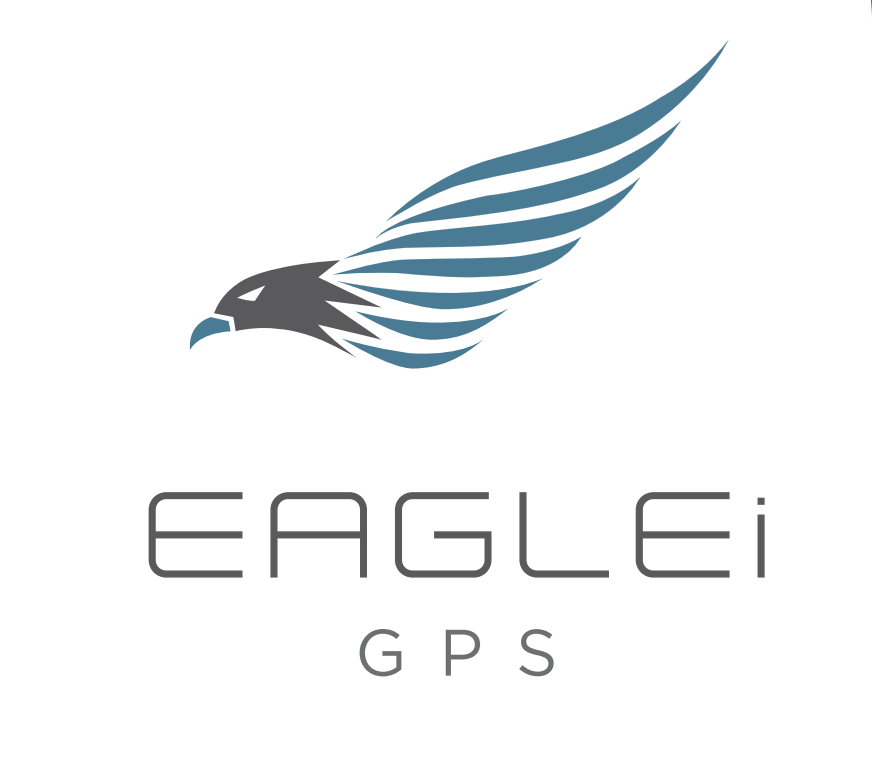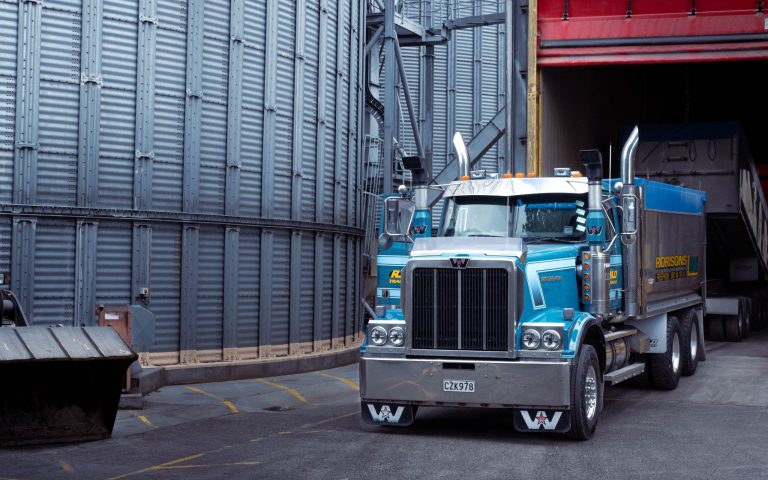Implementation Insights: Best Practices for GPS Fleet Tracking in Canadian Businesses
In the digital age, the transportation and logistics landscape is undergoing a transformative shift. Central to this transformation is the adoption of GPS fleet tracking systems. While the benefits of these systems are manifold, the transition requires thoughtful planning and execution. For Canadian businesses ready to embark on this journey, here’s a comprehensive guide to implementing GPS fleet tracking seamlessly.
Recognizing the Imperative of a GPS-Enabled Fleet
Before diving into the nuts and bolts of implementation, it’s crucial to understand why this transition is vital. A GPS-enabled fleet offers real-time monitoring, enhances operational efficiency, ensures safety, and provides valuable data analytics. But to harness its full potential, a systematic and informed approach to implementation is essential.
1. Choosing the Right System: Tailoring to Your Needs
The market is replete with GPS fleet tracking solutions, each offering a unique set of features. Picking the right one is foundational to successful implementation.
- Assess Your Business Needs: Are you looking primarily for real-time tracking, driver behavior analytics, or fuel efficiency insights? Understanding your primary objectives will help narrow down choices.
- Scalability: Choose a system that can grow with your business. Future-proofing your investment ensures you won’t need frequent overhauls as your fleet expands.
- Integration Capabilities: A good GPS system should seamlessly integrate with other software tools you use, be it inventory management, customer relationship management, or any other operational tool.
2. Training & Onboarding: Empowering Your Team
The most advanced GPS fleet tracking system will fall short of expectations if your team isn’t equipped to use it optimally.
- Comprehensive Training Sessions: Organize training modules that cover the system’s functionalities in-depth. Ensure these sessions are interactive, allowing team members to raise queries and seek clarifications.
- Role-Specific Training: While drivers might need insights into route optimization and real-time communication features, backend teams might require training on data analytics and report generation. Customize training content based on job roles.
- Feedback Loops: Post-training, create channels for team members to share feedback. This can provide insights into areas that might need further training or system tweaks.
- Continuous Learning: Technology evolves, and so should your team’s skills. Organize periodic refresher courses and update training materials as the system undergoes updates or when you add new features.
3. Ensuring a Smooth Transition
- Pilot Testing: Before a full-scale rollout, consider pilot testing the GPS system with a few vehicles. This helps identify potential issues and rectify them before a complete implementation.
- Phased Implementation: Instead of transitioning your entire fleet at once, consider a phased approach. This allows for smoother adaptation and ensures that potential challenges are addressed incrementally.
Conclusion
Transitioning to a GPS-enabled fleet is a strategic move for Canadian businesses, propelling them towards enhanced efficiency, safety, and competitiveness. However, the key to unlocking these benefits lies in meticulous planning, choosing the right system, and ensuring your team is well-prepared for the change. With these best practices, businesses can confidently step into the future of transportation and logistics.






